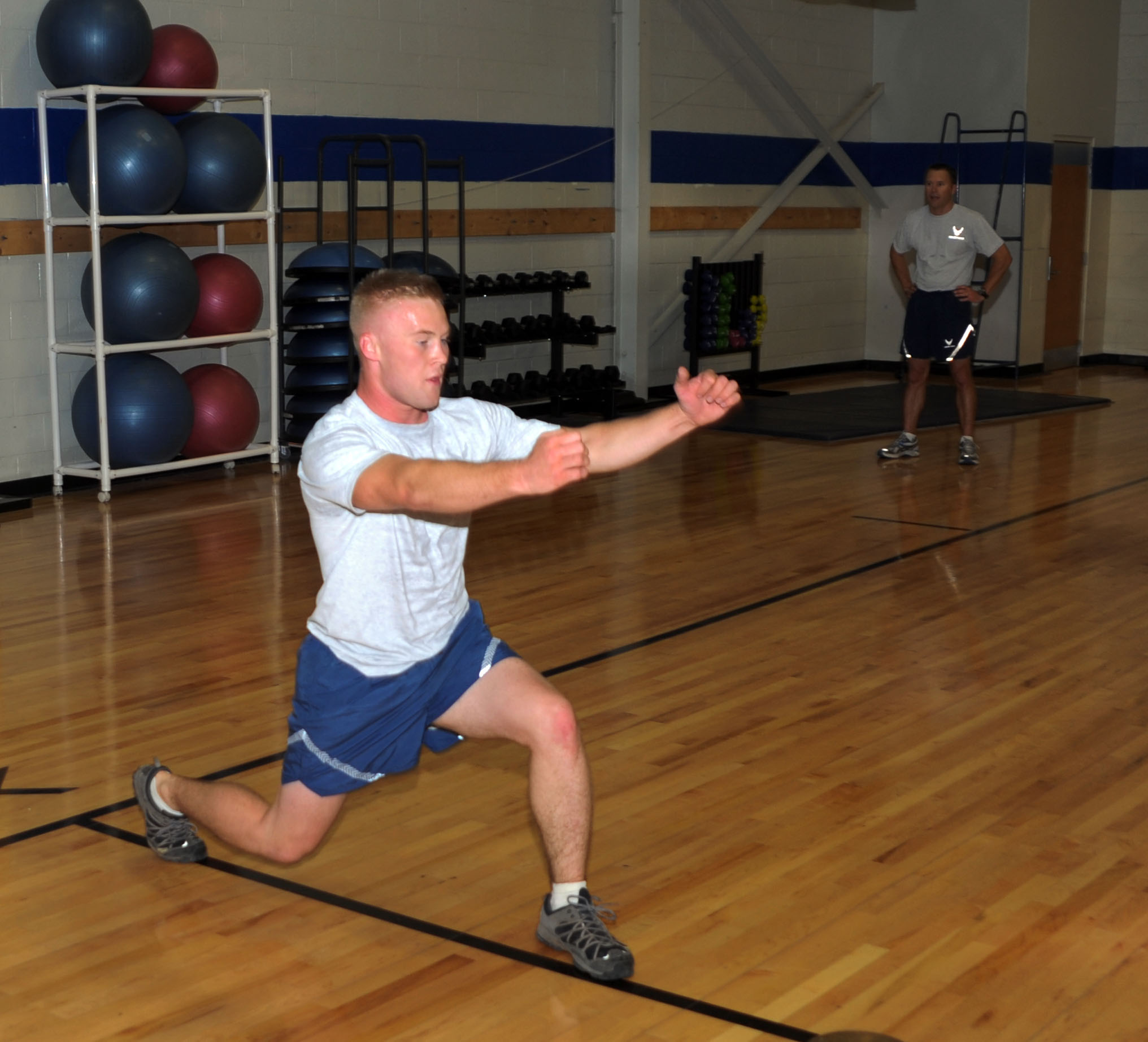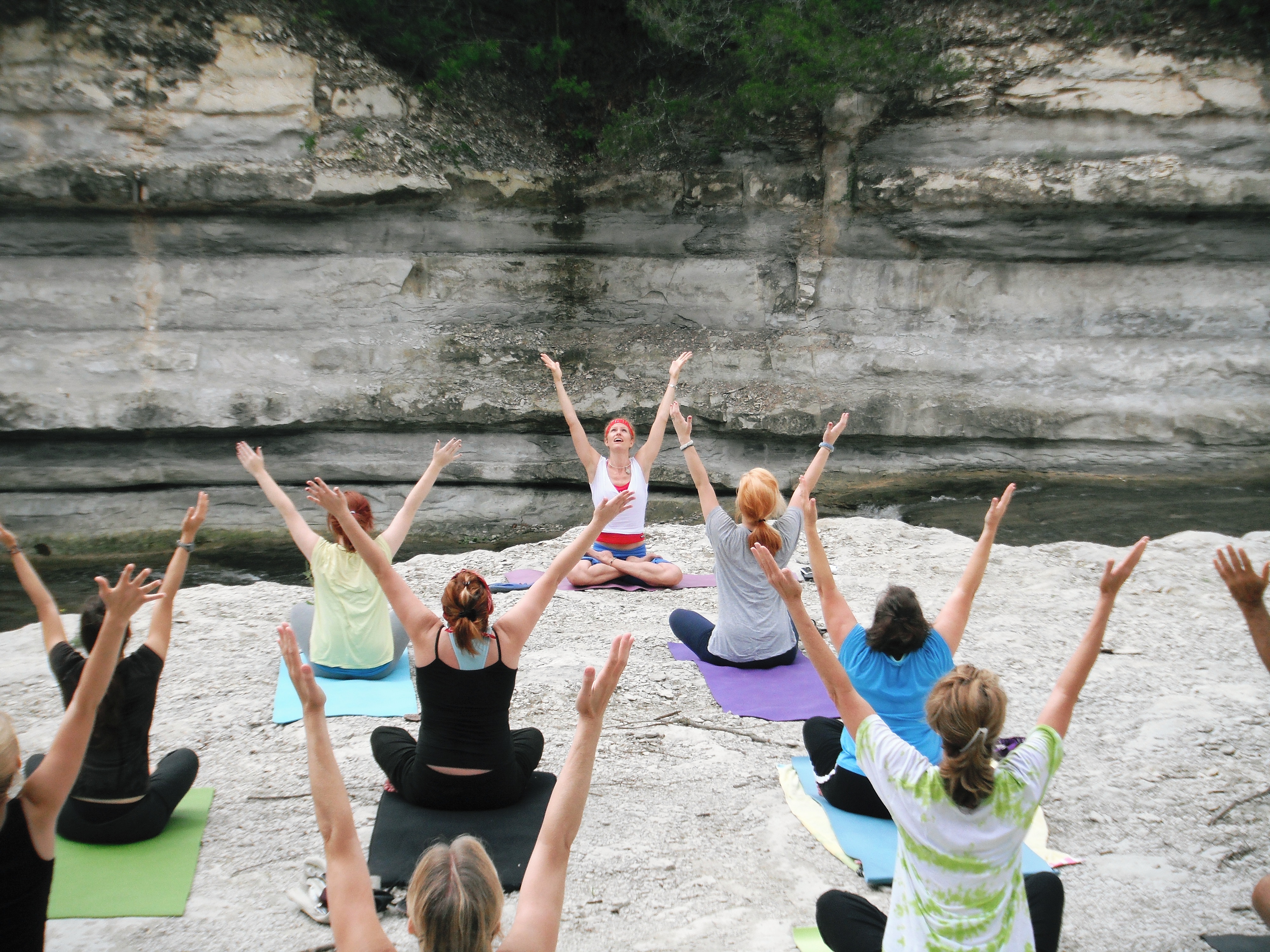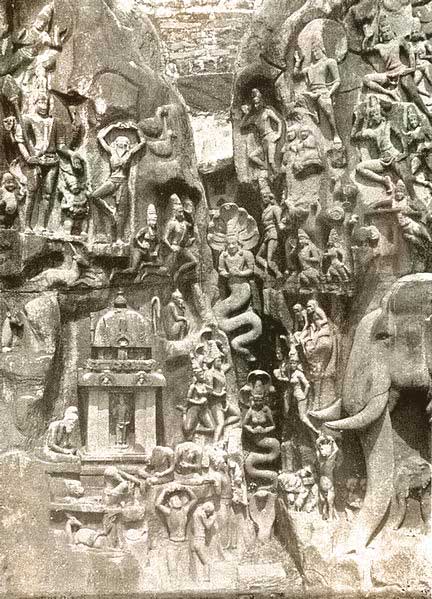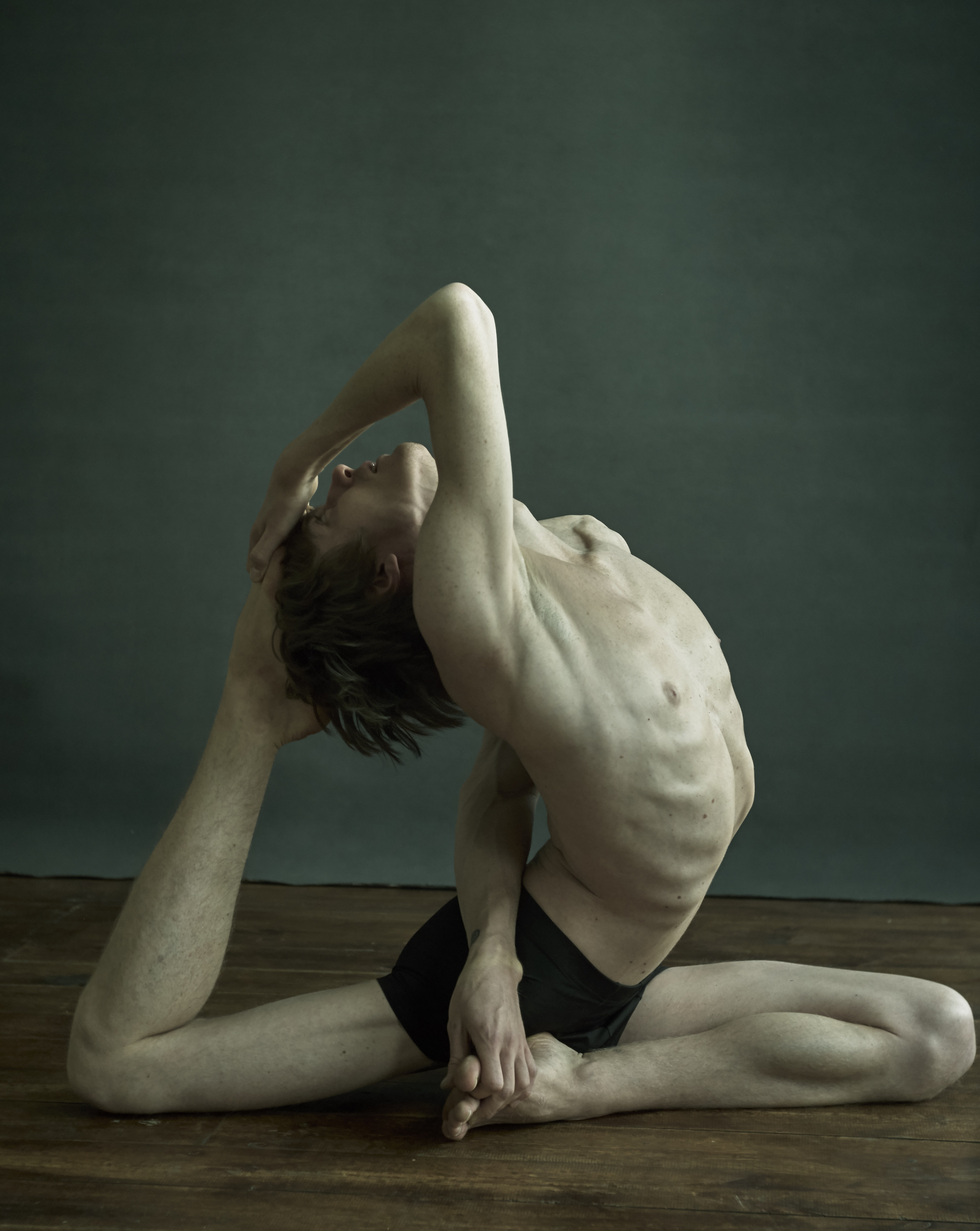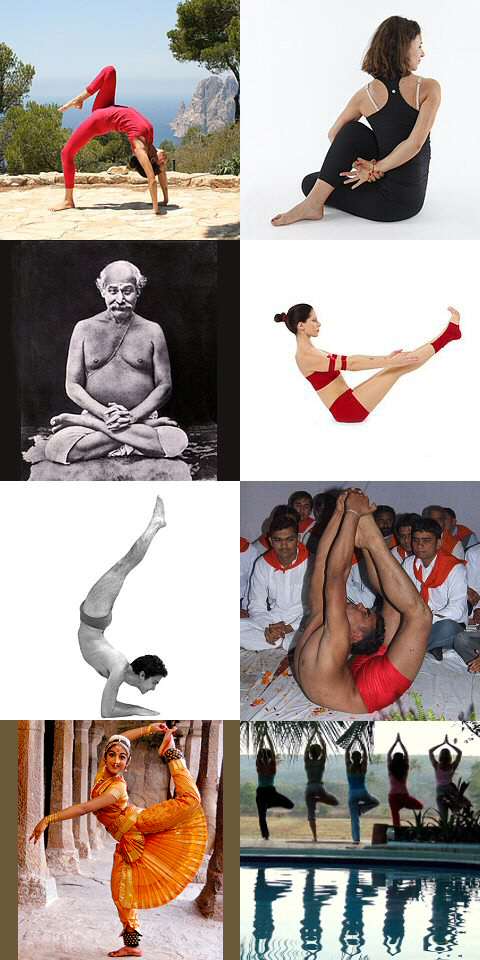|
Anjaneyasana
Añjaneyāsana (Sanskrit: अञ्जनेयासन, "Son of Anjani pose"), Crescent Moon Pose, or Ashwa Sanchalanasana (Equestrian Pose) is a lunging back bending asana in modern yoga as exercise. It is sometimes included as one of the asanas in the Surya Namaskar sequence, though usually with arms down in that case. Variations include Utthana Pristhasana, Lizard Pose. Etymology and origins The name Anjaneya is a matronymic for Hanuman, whose mother's name is Anjani. Hanuman is a central figure in the epic ''Rāmāyaṇa'', and an important Iṣṭa-devatā in devotional worship. Like many standing asanas, Anjaneyasana was unknown in medieval hatha yoga, and was brought into modern yoga in the 20th century from Indian martial arts. It is used in schools of modern yoga such as Sivananda Yoga. It is included as one of the asanas in Ashtanga Vinyasa Yoga's type 1 Surya Namaskar Sun Salutation, also called Surya Namaskar(a) or Salute to the Sun (), is a practice in ... [...More Info...] [...Related Items...] OR: [Wikipedia] [Google] [Baidu] |
Surya Namaskar
Sun Salutation, also called Surya Namaskar(a) or Salute to the Sun (), is a practice in yoga as exercise incorporating a flow sequence of some twelve gracefully linked asanas. The asana sequence was first recorded as yoga in the early 20th century, though similar exercises were in use in India before that, for example among wrestlers. The basic sequence involves moving from a standing position into Downward and Upward Dog poses and then back to the standing position, but many variations are possible. The set of 12 asanas is dedicated to the Hindu solar deity, Surya. In some Indian traditions, the positions are each associated with a different mantra. The precise origins of the Sun Salutation are uncertain, but the sequence was made popular in the early 20th century by Bhawanrao Shriniwasrao Pant Pratinidhi, the Rajah of Aundh, and adopted into yoga by Krishnamacharya in the Mysore Palace, where the Sun Salutation classes, not then considered to be yoga, were held next door to ... [...More Info...] [...Related Items...] OR: [Wikipedia] [Google] [Baidu] |
Lunge (exercise)
A lunge can refer to any position of the human body where one leg is positioned forward with knee bent and foot flat on the ground while the other leg is positioned behind. It is used by athletes in cross-training for sports, by weight-trainers as a fitness exercise, and by practitioners of yoga as part of an asana regimen. In contrast to the split squat exercise, during the lunge the rear leg is also activated. Strength training Lunges are a good exercise for strengthening, sculpting and building several muscles/muscle groups, including the quadriceps (or thighs), the gluteus maximus (or buttocks) as well as the hamstrings. A long lunge emphasizes the use of the gluteals whereas a short lunge emphasizes the quadriceps. The lunge is a basic movement that is fairly simple to do for beginner athletes. A lunge can be performed using bodyweight alone. However, weight trainers may seek to increase the difficulty using either dumbbells or kettlebells held in each hand, or a barbe ... [...More Info...] [...Related Items...] OR: [Wikipedia] [Google] [Baidu] |
Yoga As Exercise
Yoga as exercise is a physical activity consisting mainly of asana, postures, often connected by vinyasa, flowing sequences, sometimes accompanied by pranayama, breathing exercises, and frequently ending with savasana, relaxation lying down or meditation. Yoga in this form has become familiar across the world, especially Yoga in America, in America and Europe. It is derived from medieval Haṭha yoga, which made use of similar postures, but it is generally simply called "yoga". Academics have given yoga as exercise a variety of names, including modern postural yoga and transnational anglophone yoga. Posture is described in the ''Yoga Sutras'' II.29 as the third of the eight limbs, the ashtanga (eight limbs of yoga), ashtanga, of yoga. Sutra II.46 defines it as that which is ''steady and comfortable'', but no further elaboration or list of postures is given. Postures were not central in any of the older traditions of yoga; posture practice was revived in the 1920s by yoga guru ... [...More Info...] [...Related Items...] OR: [Wikipedia] [Google] [Baidu] |
Standing Asanas
The standing asanas are the yoga poses or asanas with one or both feet on the ground, and the body more or less upright. They are among the most distinctive features of modern yoga as exercise. Until the 20th century there were very few of these, the best example being Vrikshasana, Tree Pose. From the time of Krishnamacharya in Mysore, many standing poses have been created. Two major sources of these asanas have been identified: the exercise sequence Surya Namaskar (the salute to the sun); and the gymnastics widely practised in India at the time, based on the prevailing physical culture. The origin of standing asanas has been controversial since Mark Singleton argued in 2010 that some forms of modern yoga represent a radical reworking of hatha yoga, in particular by adding standing asanas and transitions ( vinyasas) between them, and by suppressing most non-postural aspects of yoga, rather than a smooth continuation of ancient traditions. These changes enabled yoga to be pr ... [...More Info...] [...Related Items...] OR: [Wikipedia] [Google] [Baidu] |
Ardha Chandrasana
Ardha Chandrasana ( sa, अर्धचन्द्रासन; IAST: ''ardha candrāsana'') or Half Moon Pose is a standing asana in modern yoga as exercise. Etymology and origins The name comes from the Sanskrit words अर्ध ''ardha'' meaning "half", चन्द्र ''candra'' meaning "moon", and आसन ''āsana'' meaning "posture" or "seat". The 19th century '' Sritattvanidhi'' uses the name Ardha Chandrasana for a different pose, Vrikshasana. Swami Yogesvarananda used the name in his 1970 ''First Steps to Higher Yoga'' for a pose similar to Kapotasana, Pigeon. The modern usage of the name is found in B. K. S. Iyengar's 1966 ''Light on Yoga''. Practice and benefits The pose is entered from Trikonasana (triangle pose), where one foot is kept forward. The arm opposite to the foot that is forward would come onto the hip. While stretching up with the rear leg and out with the front hand so that only the fingertips remain on the ground, the hand on the hip ... [...More Info...] [...Related Items...] OR: [Wikipedia] [Google] [Baidu] |
Rajakapotasana
Eka Pada Rajakapotasana ( sa, एक पाद राजकपोतासन; IAST: ''Eka Pāda Rājakapotāsana''), Rajakapotasana, or ne-leggedKing Pigeon Pose is a seated back-bending asana in modern yoga as exercise. The Yin Yoga form of the asana is named Swan Pose, while the Aerial yoga variant, supported in a hammock, is called Flying Pigeon Pose. The basic pose is described in the 20th century by two of Krishnamacharya's pupils, Pattabhi Jois and B. K. S. Iyengar; several other variants have been created. It is one of the yoga poses often used in advertising to convey desired qualities such as flexibility and grace. Etymology and origins The name comes from the Sanskrit words "eka" (एक) meaning "one"; "pada" (पाद) meaning "foot", "rāja" (राज) meaning "king", ''kapota'' (कपोत) meaning "pigeon" and ''āsana'' (आसन) meaning "posture" or "seat". The pose is described in the 20th century by two of Krishnamacharya's pupils, Pattabhi Jois ... [...More Info...] [...Related Items...] OR: [Wikipedia] [Google] [Baidu] |
Parivritta Parsvakonasana
Utthita Parshvakonasana (Sanskrit: उत्थित पार्श्वकोणासन; IAST: ''utthita pārśvakoṇāsana''),"Extended Side Angle Pose." Yoga Journal. Cruz Bay Publishing, 2013. Web. 10 Aug. 2013. Extended Side Angle Pose, is an asana in modern yoga as exercise. It is first described in 20th century texts. Etymology and origins The name comes from the Sanskrit words ''utthita'' meaning "extended", ''parsva'' meaning "side or flank", ''kona'' meaning "angle", and ''asana'' meaning "posture or seat". The pose is not mentioned in medieval hatha yoga texts. It appears in the 20th century in Krishnamacharya's school of yoga in Mysore, and in the teaching of his pupils Pattabhi Jois and B. K. S. Iyengar, along with other asanas with names that describe the position of the body and its limbs. Description The pose is entered from Tadasana; the legs are spread wide apart, the feet are turned out as for Trikonasana Trikonasana or Utthita Trikonasana ( sa, ... [...More Info...] [...Related Items...] OR: [Wikipedia] [Google] [Baidu] |
Times Of India
''The Times of India'', also known by its abbreviation ''TOI'', is an Indian English-language daily newspaper and digital news media owned and managed by The Times Group. It is the third-largest newspaper in India by circulation and largest selling English-language daily in the world. It is the oldest English-language newspaper in India, and the second-oldest Indian newspaper still in circulation, with its first edition published in 1838. It is nicknamed as "The Old Lady of Bori Bunder", and is an Indian " newspaper of record". Near the beginning of the 20th century, Lord Curzon, the Viceroy of India, called ''TOI'' "the leading paper in Asia". In 1991, the BBC ranked ''TOI'' among the world's six best newspapers. It is owned and published by Bennett, Coleman & Co. Ltd. (B.C.C.L.), which is owned by the Sahu Jain family. In the Brand Trust Report India study 2019, ''TOI'' was rated as the most trusted English newspaper in India. Reuters rated ''TOI'' as India's most t ... [...More Info...] [...Related Items...] OR: [Wikipedia] [Google] [Baidu] |
Backbend Asanas
An asana is a body posture, originally and still a general term for a sitting meditation pose,Verse 46, chapter II, "Patanjali Yoga sutras" by Swami Prabhavananda, published by the Sri Ramakrishna Math p. 111 and later extended in hatha yoga and modern yoga as exercise, to any type of position, adding reclining, standing, inverted, twisting, and balancing poses. The ''Yoga Sutras of Patanjali'' define "asana" as " position thatis steady and comfortable". Patanjali mentions the ability to sit for extended periods as one of the eight limbs of his system. Patanjali ''Yoga sutras'', Book II:29, 46 Asanas are also called yoga poses or yoga postures in English. The 10th or 11th century ''Goraksha Sataka'' and the 15th century ''Hatha Yoga Pradipika'' identify 84 asanas; the 17th century ''Hatha Ratnavali'' provides a different list of 84 asanas, describing some of them. In the 20th century, Indian nationalism favoured physical culture in response to colonialism. In that environmen ... [...More Info...] [...Related Items...] OR: [Wikipedia] [Google] [Baidu] |
Hanumanasana
Hanumanasana ( sa, हनुमानासन) or Monkey Pose is a seated asana in modern yoga as exercise. It is the yoga version of the front splits. Etymology and origins The name comes from the Sanskrit words ''Hanuman'' (a divine entity in Hinduism who resembles a monkey) and '' asana'' (posture). The pose commemorates the giant leap made by Hanuman to reach Lanka from the mainland of India. The pose is not described in the medieval hatha yoga texts. It appears in the 20th century in diverse traditions of modern yoga, such as in Swami Yogesvarananda's 1970 ''First Steps to Higher Yoga'' (as Vikatasana), in the Ashtanga Vinyasa Yoga of Pattabhi Jois, in Swami Satyananda Saraswati's 2003 ''Asana Pranayama Mudra Bandha'', and in B. K. S. Iyengar's 1966 ''Light on Yoga''. Description Hanumanasana is an advanced pose (rated 36 out of 64 by B. K. S. Iyengar). The pose is approached from a kneeling position, stretching one leg forward and the other straight back while ... [...More Info...] [...Related Items...] OR: [Wikipedia] [Google] [Baidu] |
Virabhadrasana I
Virabhadrasana ( sa , वीरभद्रासन; IAST: Vīrabhadrāsana) or Warrior Pose is a group of related lunging standing asanas in modern yoga as exercise commemorating the exploits of a mythical warrior, Virabhadra. The name of the pose derives from the Hindu myth, but the pose is not recorded in the hatha yoga tradition until the 20th century. Virabhadrasana has some similarity with poses in the gymnastics of Niels Bukh the early 20th century; it has been suggested that it was adopted into yoga from the tradition of physical culture in India at that time, which was influenced by European gymnastics. Virabhadrasana has been described as one of the most iconic poses in yoga. Etymology and origins The name is from the Sanskrit वीरभद्र '' Vīrabhadra'', a mythical warrior, and आसन ''āsana'', a yoga posture or meditation seat. Accordingly the asana is often called "Warrior Pose" in English. Ancient cave rock sculptures in the Ellora Caves, specif ... [...More Info...] [...Related Items...] OR: [Wikipedia] [Google] [Baidu] |
Yoga Journal
''Yoga Journal'' is a website and digital journal, formerly a print magazine, on yoga as exercise founded in California in 1975 with the goal of combining the essence of traditional yoga with scientific understanding. It has produced live events and materials such as DVDs on yoga and related subjects. The magazine grew from the California Yoga Teachers Association's newsletter, which was called ''The Word''. ''Yoga Journal'' has repeatedly won Western Publications Association's Maggie Awards for "Best Health and Fitness Magazine". It has however been criticized for representing yoga as being intended for affluent white women; in 2019 it attempted to remedy this by choosing a wider variety of yoga models. Beginnings ''Yoga Journal'' was started in May 1975 by the California Yoga Teachers Association (CYTA), with Rama Jyoti Vernon as President, William Staniger as the founding editor, and Judith Lasater on the board and serving as copy editor. Their goal was to combine "the ... [...More Info...] [...Related Items...] OR: [Wikipedia] [Google] [Baidu] |

.jpg)
